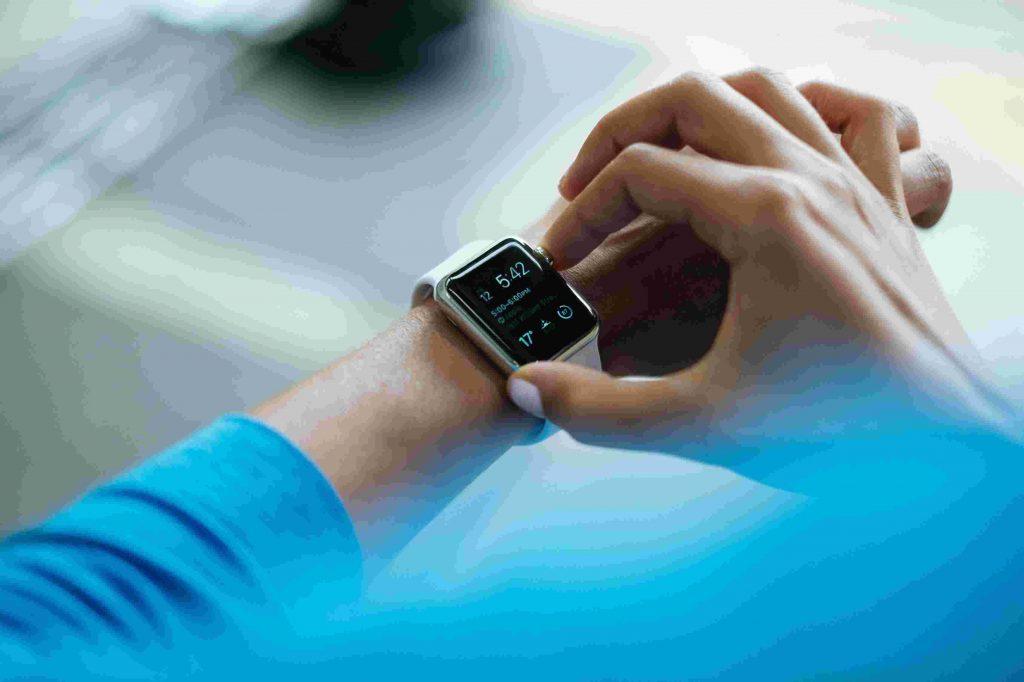The Paradigm Shift

Healthcare consumerism has changed.
And healthcare brands that will survive this paradigm shift are those that understand the pattern of 21st-century healthcare consumerism.
In recent times, the internet and social media have made information available to virtually everyone with access to the internet.
Information that was once only privy to a handful of professionals is now available to the public– anyone with access to the internet can get hold of any kind of information and make use of it in whatever ways they want.
The age we find ourselves in is primarily driven by information. Some argue that we are gradually leaving the information age and are now in the digital age, while some bring a different argument to bear that we are stepping into the experience age. Whatever it is, we are at a time in our existence as a species that is totally reliant on information.
This present civilization will crumble if you take information and communication away from us. We are connected by information, and there’s no going back.
This total reliance on information and communication has also affected healthcare delivery in a positive way.
There was a time in the history of healthcare when healthcare professionals were the only ones who had access to certain types of information. The patient didn’t know too much about their disease condition or health.
They relied solely on what doctors, nurses, and other healthcare professionals told them about their health. They didn’t have a say when it came to planning their care.
This has changed today in the age of information. Patients now have access to all sorts of healthcare information [good, ugly, and bad].
They know more about their health conditions. They know more about their disease processes, treatment options, medications, and more. And this knowledge that they have has changed their perspective; they now want to be more involved in their care. They want to have a say. It’s so natural.
“To drive this paradigm change fully into existence, we call for changing patient centricity from a relatively passive process, driven by industry needs, into a far more active, collaborative process driven by both parties’ needs and preferences. In short, it is no longer viable for patient centricity to mean, “We were thinking about you while we made our decisions.”
Meskó, deBronkart, 2022
From Patient Centricity to Patient Design

As healthcare companies and stakeholders began to observe these cultural changes caused by the information age [or digital age], they also began to adjust and adapt.
The term “patient-centric” was coined and intended to reflect their organisational desire to put patients first.
But over the years, patient centricity has been a passive process, not wholly collaborative, and it has been primarily driven by industry needs—that was most of the time born out of pure greed and the desire to make more profit and did not take into full consideration the patient’s needs.
Patient design is a more immersive process that invites the patient into the core of design and implementation.
The patient is not just a subject or specimen. They become collaborators.
The patient, who is the end-user and has “the experience”, is allowed to contribute and make suggestions.
It’s not just a passive process but a deeply collaborative one.
They are the “experts” in their experience
They know what needs to be adjusted and what needs to be added or eliminated– this is patient design.
This creative approach, what some call “co-design,” will improve patient satisfaction and the overall patient experience and, in turn, build brand allegiance among patients or users.
Participatory and Personalised Care
We are gradually getting there—to that point in healthcare where patients are completely involved in their care.
They will no longer be just “bedside patients” or specimens. They will be there from the beginning to the end.
They will have a say, and they will bring their unique experiences into the whole treatment design.
“Robust data collected from the consumer is a ‘diamond mine’ for healthcare brands that know how to use it.”
Personalised Care
The emergence of a plethora of sophisticated and simple medical devices has provided us with more in-depth and quality healthcare data– data that can be used to provide personalised care to individual patients and can also be used by healthcare brands to design business models and craft strong marketing campaigns/strategies so that they can easily and directly connect with people who are in need of their unique services and products.
Gone are the good old days of the “one-size-fits-all” approach to healthcare delivery.
We can all begin to think and plan towards an era in the healthcare ecosystem where we can have complete personalised care, made possible by the type and amount of data gathered from various points in the care process—from the hospital, medical devices [at the home of patients, workplace, wherever they go], and other avenues.
Recommended Read:
Premir Medimart: Africa’s “Amazon” For Healthcare Products and Services
Digital Health Makes Patient Design Easy

One element of digital health that makes it easy for patient design to be incorporated into healthcare is the kind of data generated.
We no longer have to invite patients to the hospitals all the time because we want to obtain an ECG, blood pressure, or other basic physiological data.
With all sorts of smart medical devices and implantables available, we can conveniently harvest quality data from patients anywhere they are. Whether they are asleep, making breakfast, preparing for work, or just taking a walk.
This is a breakthrough for all of us. Data generated from digital health services and platforms will become the fuel that will power a lot of healthcare research. Thanks to digital health technologies and innovations, data that was once scarce or difficult to obtain will now be available.
In conclusion, serious and sincere healthcare brands that provide direct healthcare services to patients and clients need to start re-strategising. If they have been operating a system that doesn’t put the patient into consideration while designing healthcare products, they need to evolve now and adopt the patient design style of creating healthcare products and service delivery.
Selected Reference(s):
Patient Design: The Importance of Including Patients in Designing Health Care
J Med Internet Res 2022;24(8):e39178
URL: https://www.jmir.org/2022/8/e39178
How can we help your healthcare brand?
This is one project that we are so excited about. Lately, healthcare brands are becoming more social. This is partly due to the age we have found ourselves in, the digital age or information age.
Healthcare brands are beginning to spend more resources and pay close attention to “social representation.”
They are now building websites, creating social media pages, and spending time and effort on content marketing.
It’s productive because they are connecting with more people and building ‘community’ around their brand.
Innovative healthcare brands have realized that it’s not just about selling a product or rendering services. It’s about building community and the most effective way to build a community around any brand is through the media.
At Care City, we are building a separate brand dedicated to helping healthcare brands with some of the major activities of building an online community, like content marketing, copywriting, social media management/marketing, website development and more.
Evolve Health Media is our latest project at Care City. It will be dedicated to helping smart and innovative healthcare brands grow with the power of media.
Send us an email now to find out more about our process and how we can help your healthcare brand grow and thrive on the internet.





Drop Your Comment